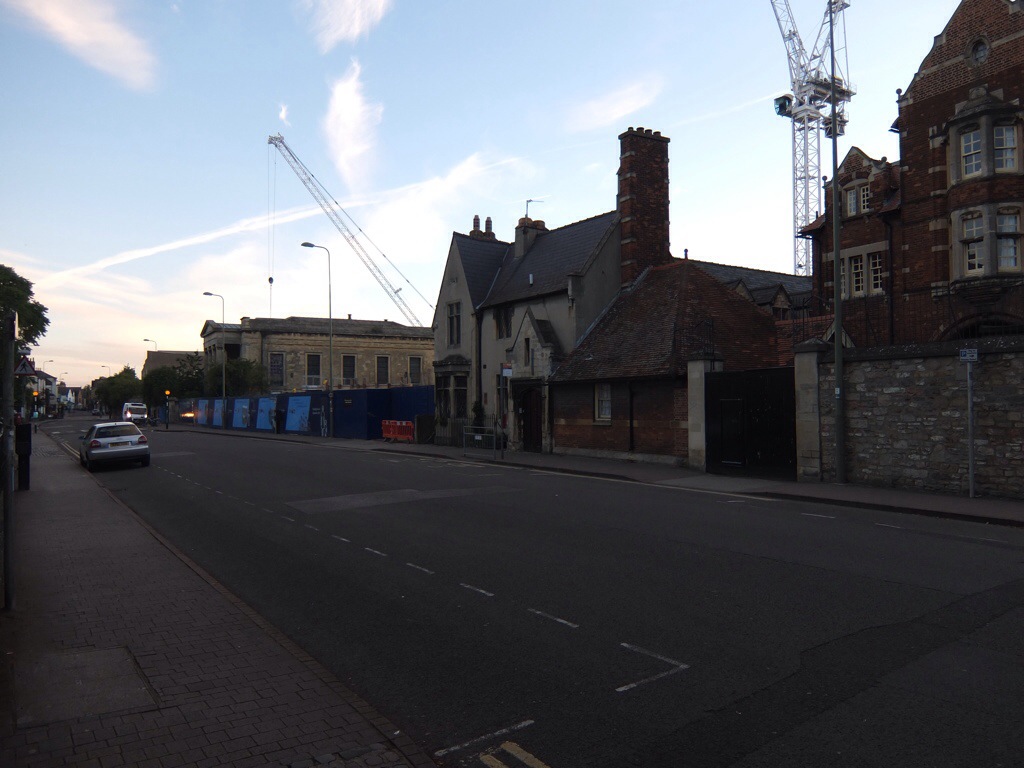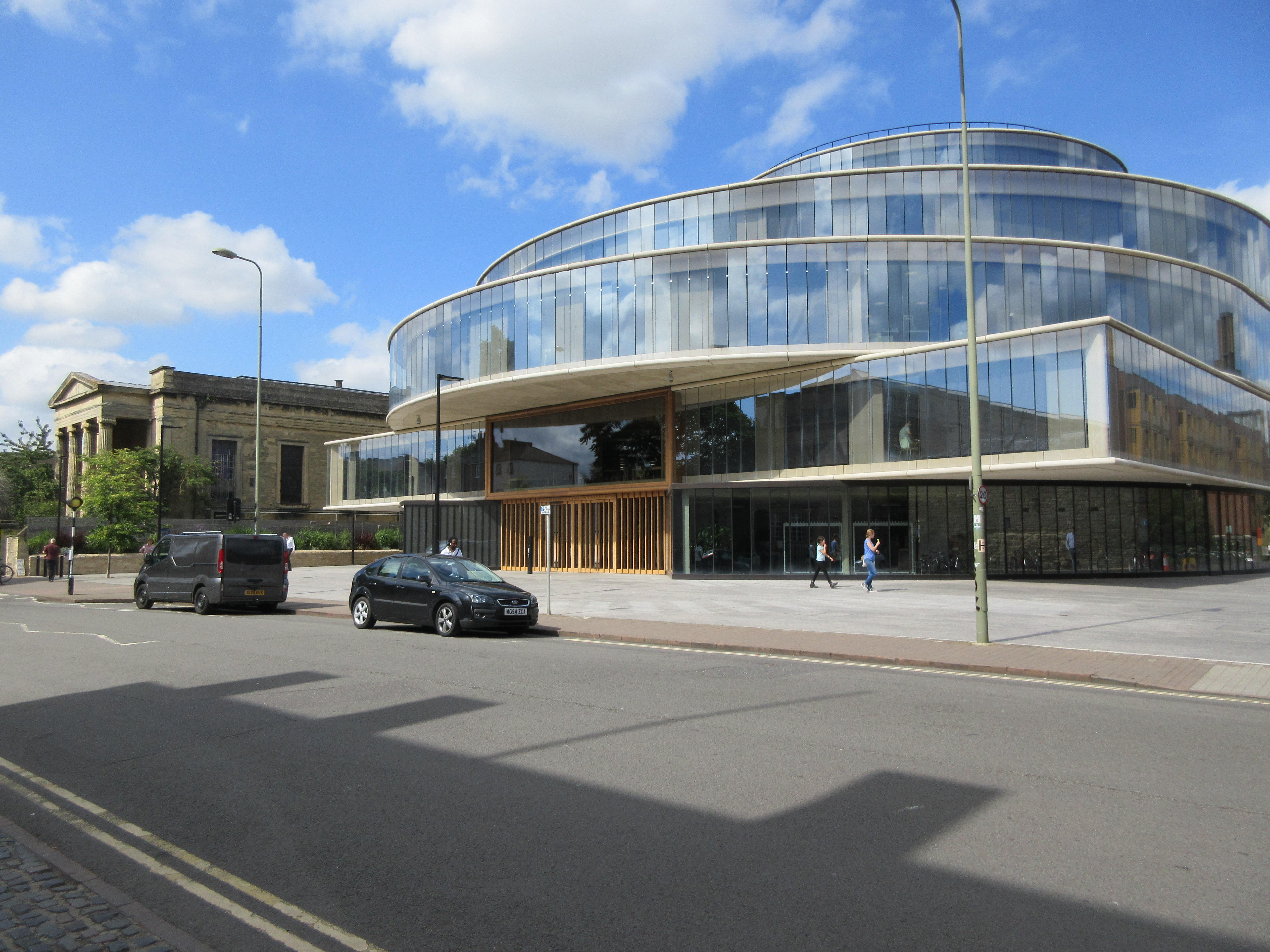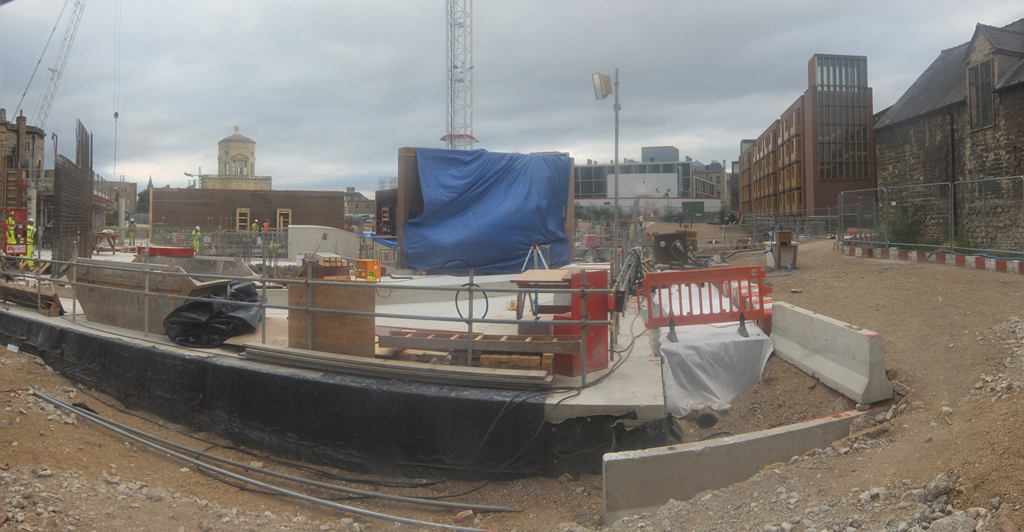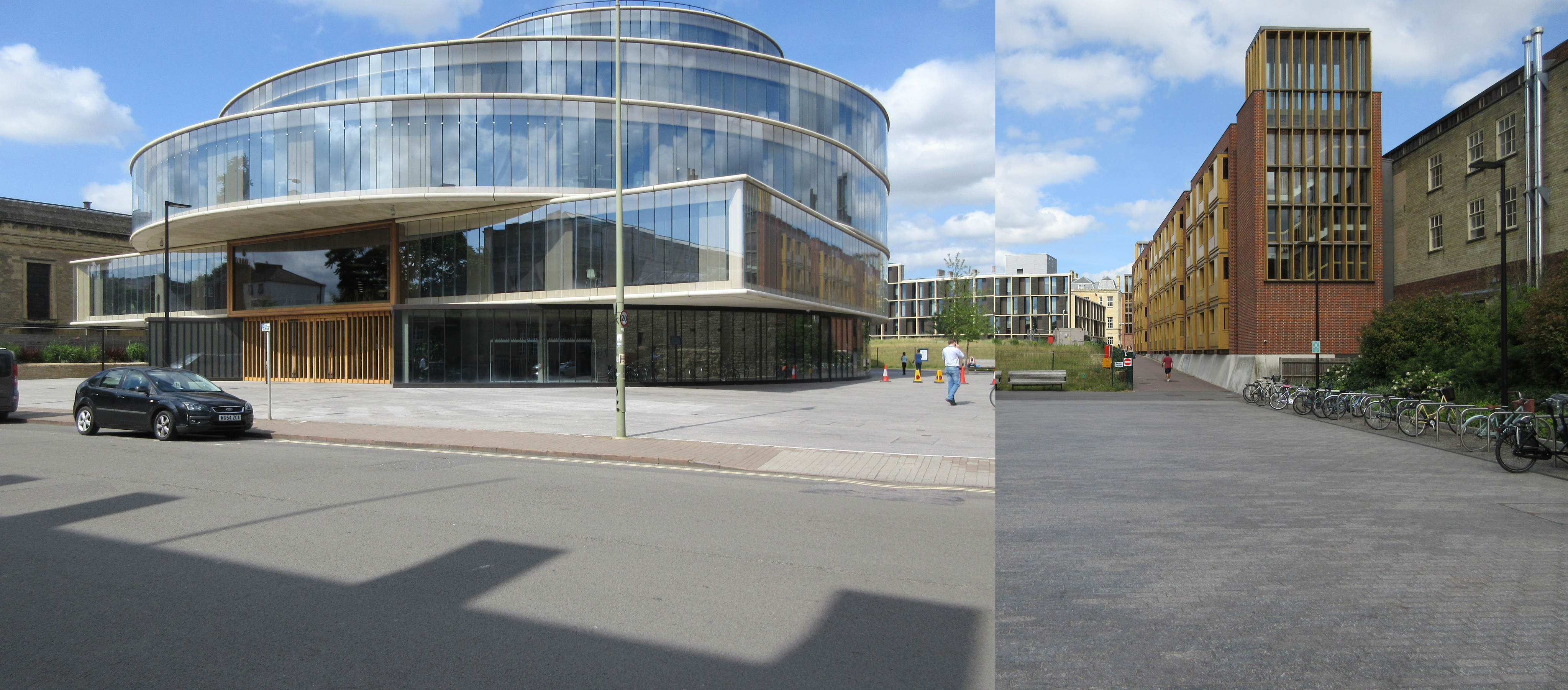The college flag, which is flown from the flagpole on the Green (see this July 2017 Street View image), has for decades been a simple Lone Pine in white upon a green field. The Co-Op still sells a version of it.
Last year, the Original Champions of Design created a new overall visual identity for Dartmouth that included a relatively subtle update of the Lone Pine. Instead of substituting the new pine for the old on the flag, however, the college has created a new flag featuring the “D-Pine” logo that OCD also created. The new flag is now flying on the Green and is visible in the photo published with this article in The Dartmouth of February 13 (thanks for the tip, Jon). OCD did a mockup of such a flag (it appears around page 11 of their site for this project) but the college appears to have taken the suggestion literally.
One needn’t dislike the D-Pine logo to question its appropriateness on a flag: the official college banner just seems a bit less purely symbolic and a bit more commercial now. The new logo definitely says “I am a logo,” and as a result the new flag speaks more to a brand, a glossy trademarked identity, than did the old flag. There is also a hint of the athletic about it — again, appropriate for many situations, but not necessarily right for the college flag.
This flag was spotted at an Interstate rest area:
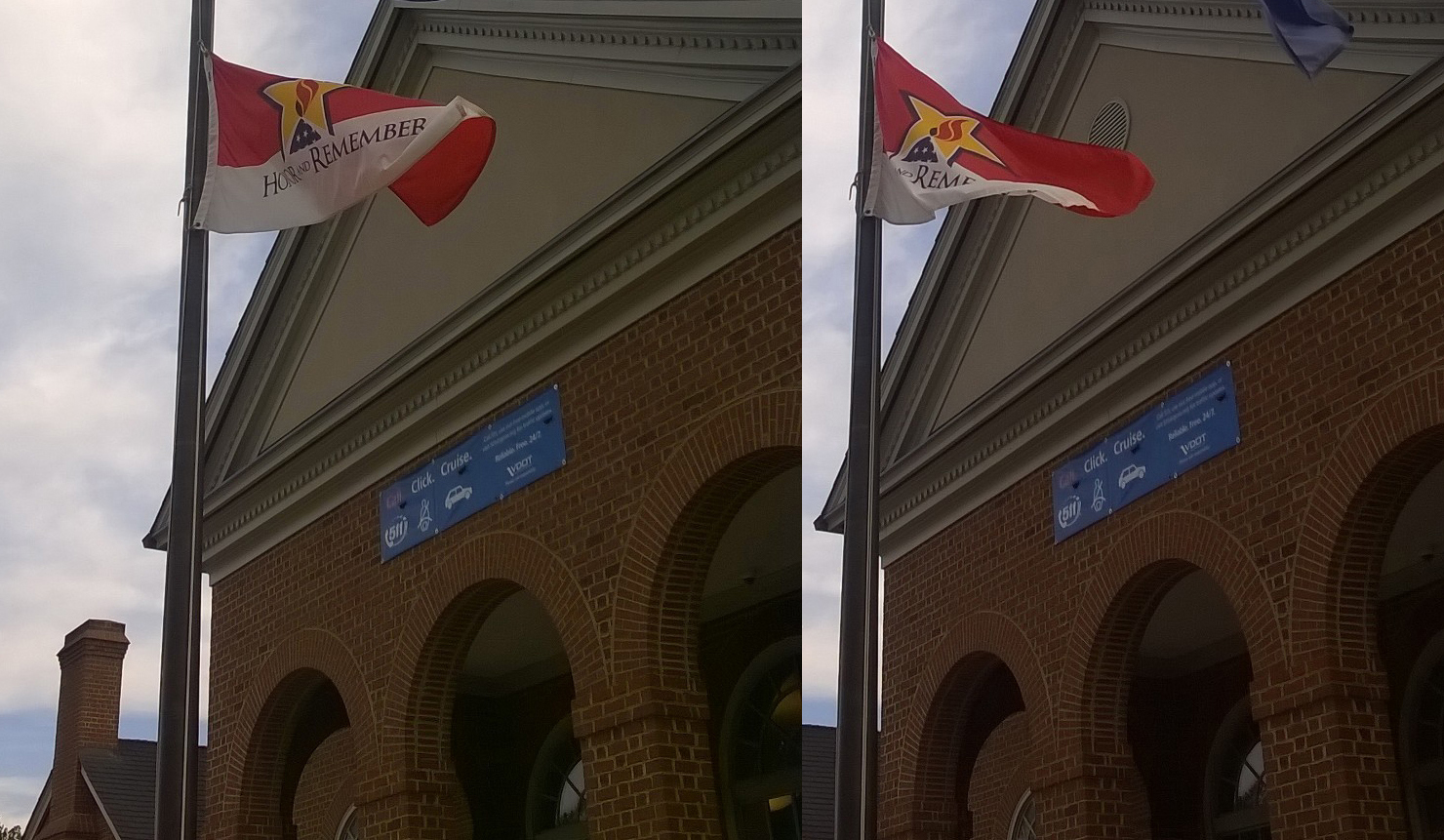
The Honor and Remember Flag (see Flags of the World), not to be confused with the yellow star on a red field of the Socialist Republic of Vietnam
(Wikipedia).
The phrase “the Thin Red Line” calls to mind the Battle of Balaclava (to a dedicated 1980s MilMod reader, at least). Lately it’s been applied to firefighters, following the pattern of “the Thin Blue Line” of the police. With this flag, spotted at a Highland Games, you get two for the price of one, and there’s no scrimping on the width of the line either:

At the same event, this Celtic collage (FOTW):
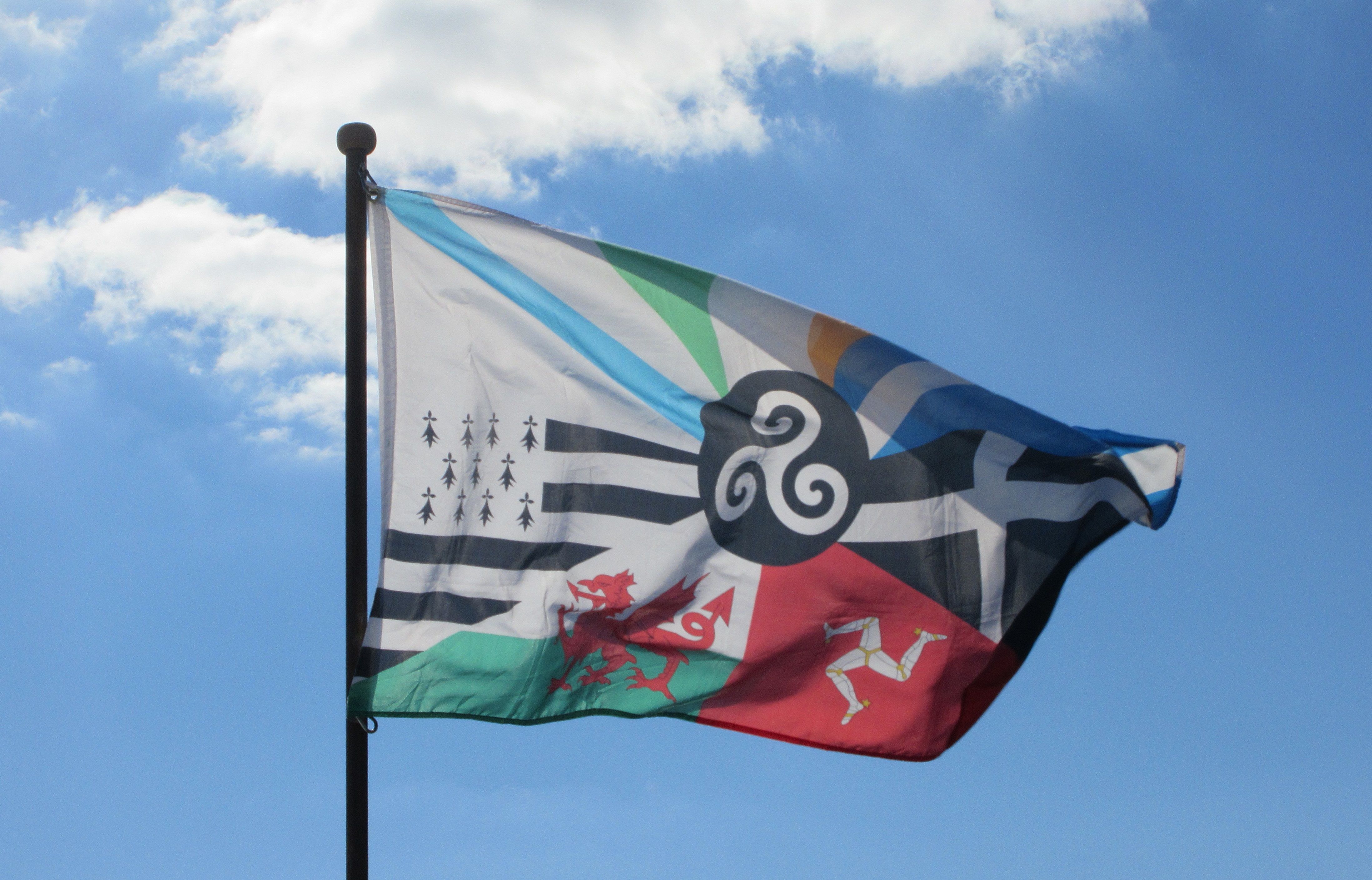 Wikipedia suggests that the flag of Galicia, excerpted in the upper left, does not belong.
Wikipedia suggests that the flag of Galicia, excerpted in the upper left, does not belong.
There are beer taps affixed to this depiction of the flag of Virginia, which itself displays the obverse of the great seal of the Commonwealth of Virginia:

Finally, here is an odd collection, including (l-r) the Virginia flag, a Pride version of the U.S. flag, the big flag of the River City Red Army, the flag of the City of Richmond, an ice cream flag, and an Australian flag defaced by a boxing kangaroo.

The ice cream flag is a mystery.
